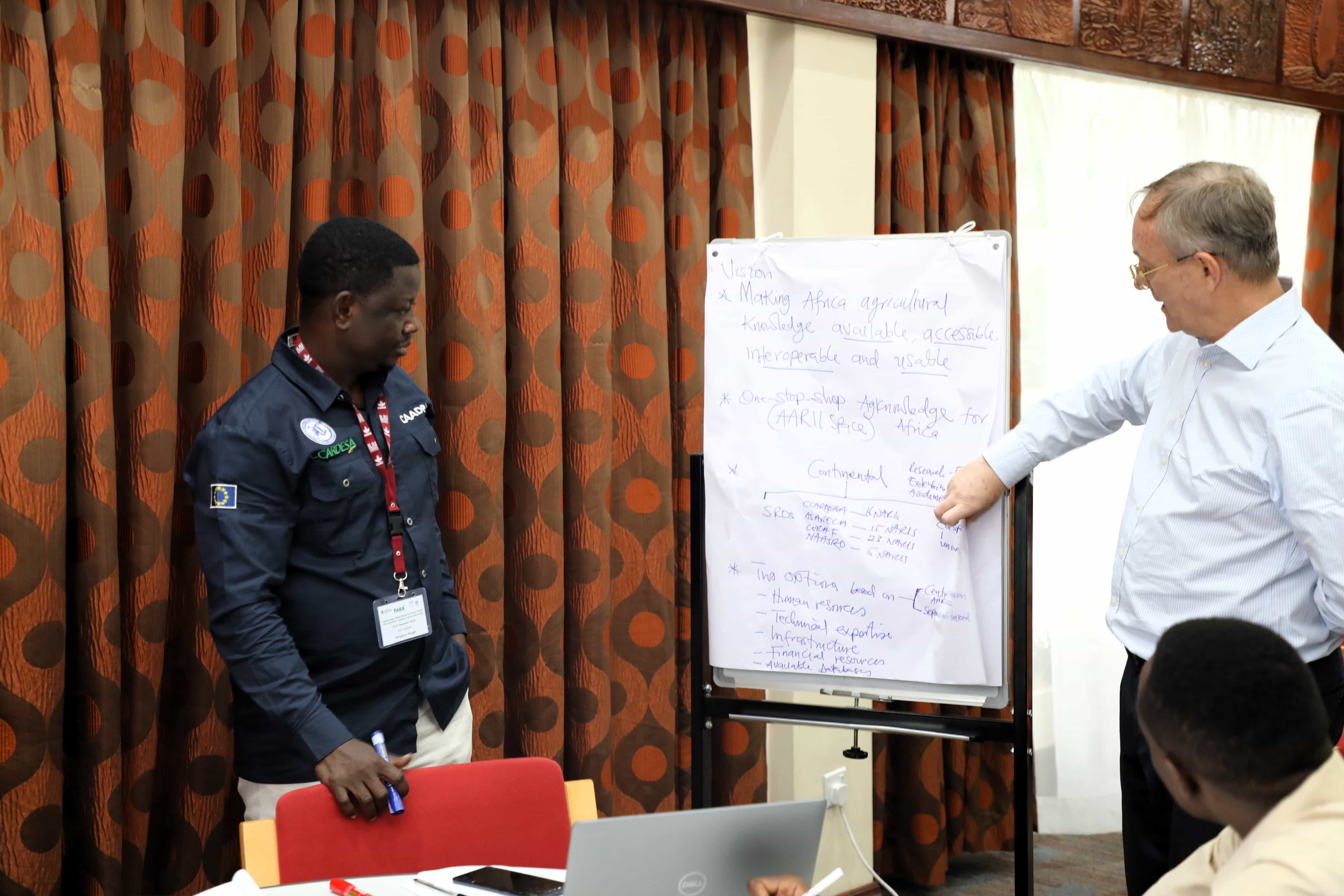Intercropping involves the cultivation of two or more crops on the same field in both space and time. It is a farming practice that has existed throughout history and one which mimics natural diversity. Intercropping has several advantages over monocropping which include improved resource utilization of light, water and nutrients, as well as yield stability over time. It is a practice that historically contributed towards food security within communities. It offers a sustainable alternative to the more widely practiced monocropping. However, it has been widely regarded as a primitive practice and this has created a scenario whereby there was scant research done on intercropping.
Water Research Commission of South Africa
Andrew DJ, Kassam AH (1975) The importance of multicropping in increasing world food supplies. In: Papendic RI, Sanchez PA, Triplet GP (eds) Multiple cropping, Special publication27. American Society of Agronomy, Madison, p 10
Azam-Ali SN (2010) Fitting underutilised crops within research-poor environments: lessons and approaches. S Afr J Plant Soil 27:293–298
Azam-Ali SN, Matthews RB, Williams JH, Peacock JM (1990) Light use, water uptake and perfor-mance of individual components of sorghum groundnut intercrop. Exp Agric 26:413–427
Baldy C, Stigter CJ (1997) Agrometeorology of multiple cropping in warm climates. Science Publishers, Enfield, p 237
Barhom THI (2001) Studies on water requirements for some crops under different cropping sys-tems. MSc thesis, Facility of Agriculture Cairo University
Baye T, Kebede H, Belete K (2001) Agronomic evaluation of Vernonia galamensis germplasmcollected from Eastern Ethiopia. Ind Crops Prod 14:179–190
Black C, Chin Ong C (2000) Utilisation of light and water in tropical agriculture. Agric For Meteorol 104:25–47
da Silva EE, de Azevedo PHS, Almeida MMTB, De-Polli H, Guerra J (2008) Influence of inter-cropping and irrigation frequency in the leaf development and taro (Cocoyam) productivity under organic management. 16th IFOAM organic world congress, Modena, 16–20 June 2008. Archived at http://orgprints.org/12595
(PDF) Intercropping Taro and Bambara Groundnut. Available from: https://www.researchgate.net/publication/261107954_Intercropping_Taro_a… [accessed Oct 24 2018].






